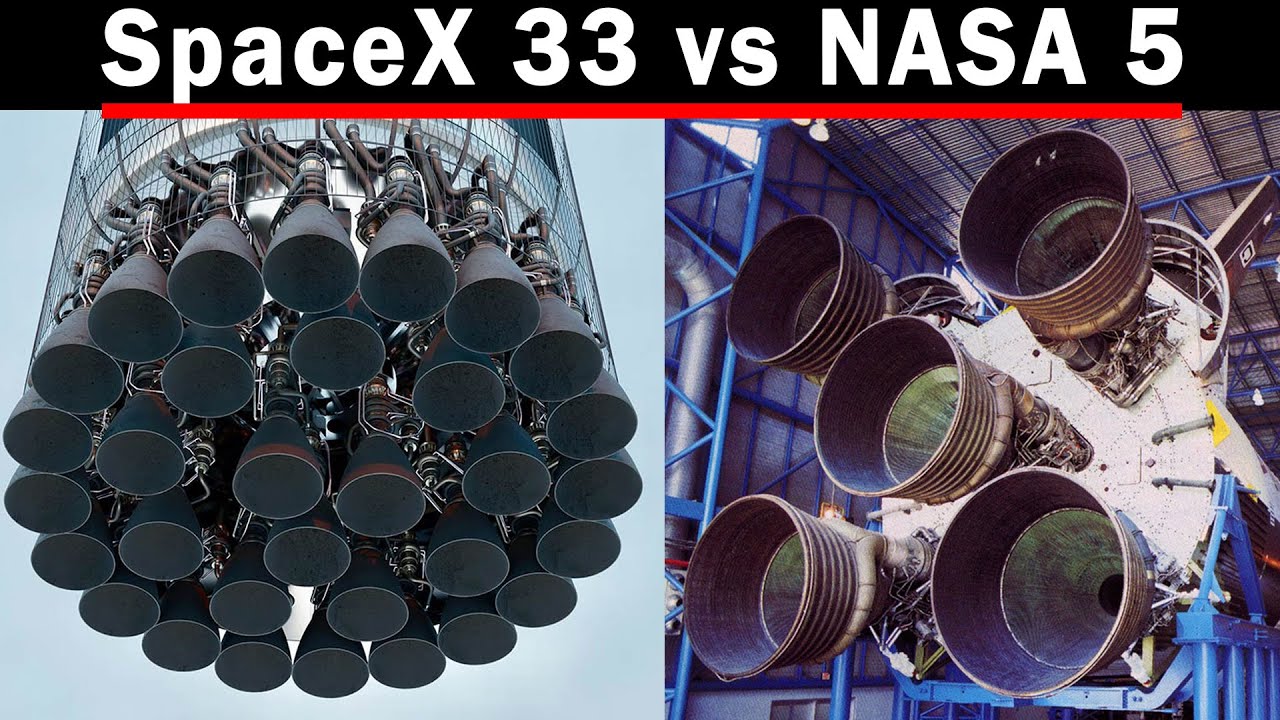answer; big engines have acoustic/vibration side effects making them unstable. smaller engines more reliable, reduce risk of overall failure.
That, and a single Rocketdyne F-1 would have waaaaay too much thrust for the job of getting an almost empty booster to hover
(Didn’t watch the video, don’t know if this was covered)
I’m going to assume in the 50’s/60’s the manufacturing time table played a role, as did the limited control systems?
Controlling that many engines back then was very difficult. A lot of the N1 issues were from the limited processing power in its computer.
Also additional engines equal more fault tolerance. They can sustain several engine failures without mission loss
This isn’t really an “also” it was literally covered in the video
Don’t need to watch the video when you already know the answer




